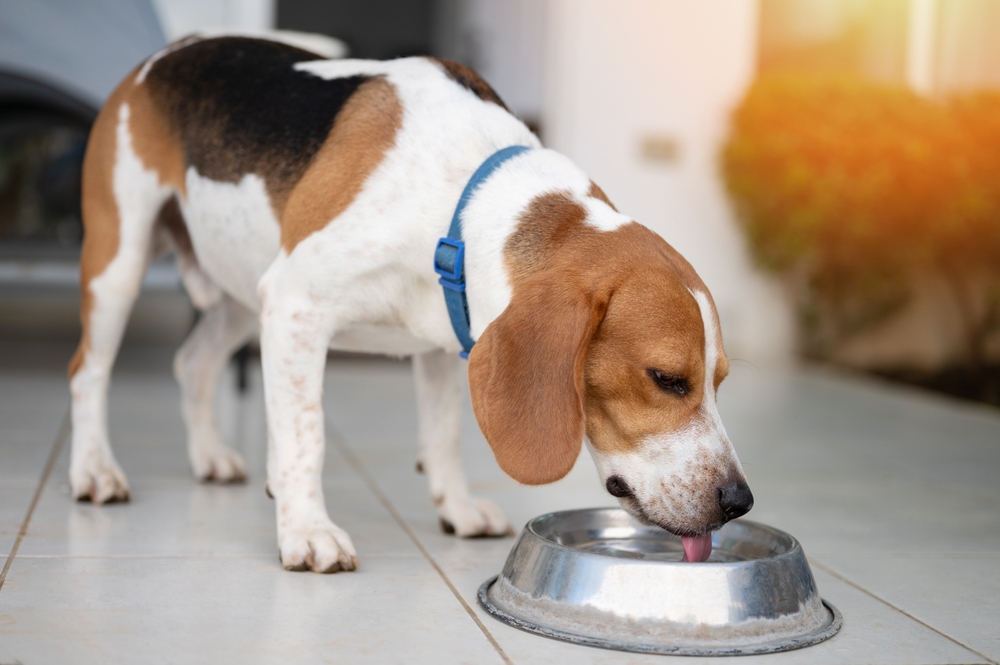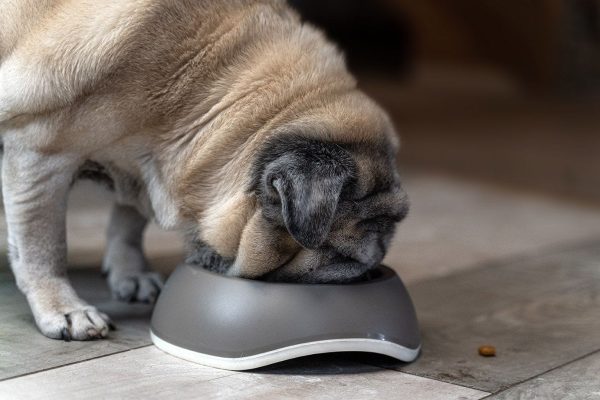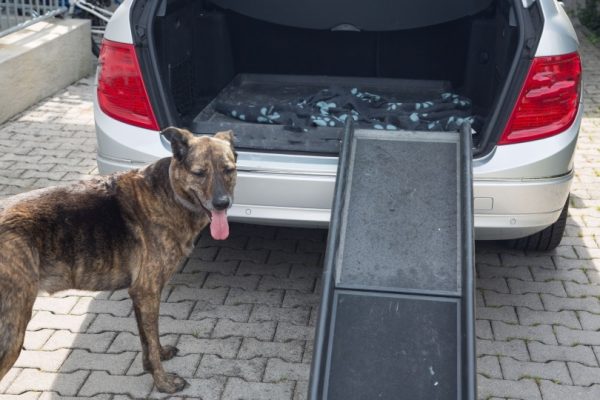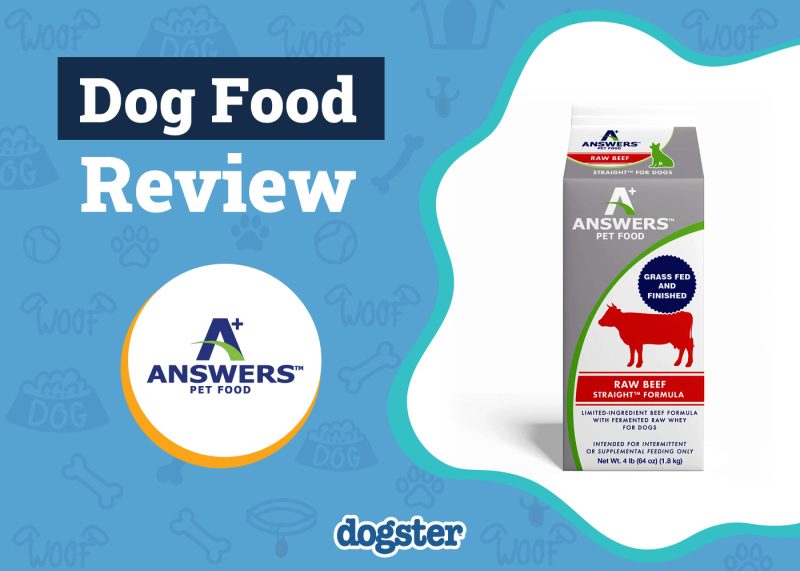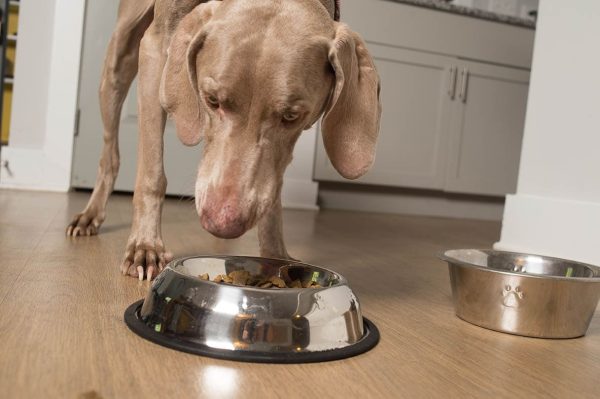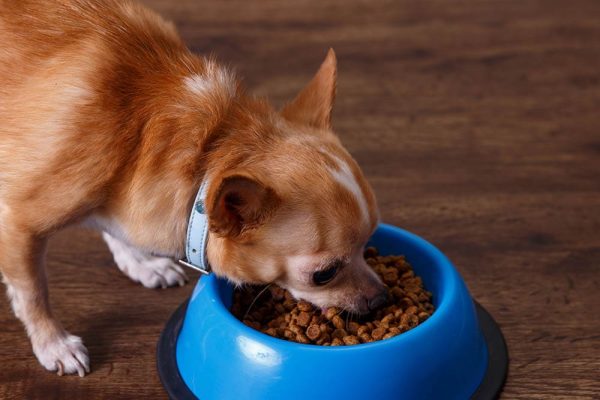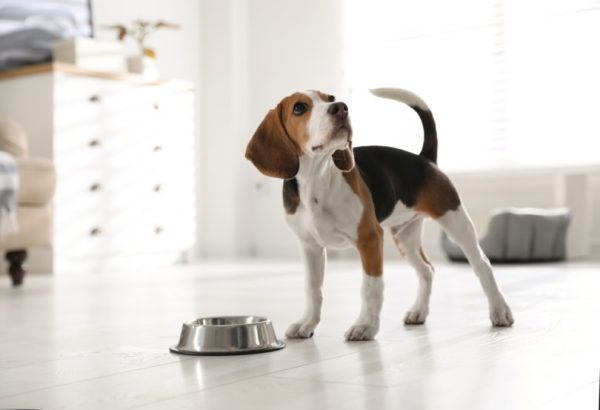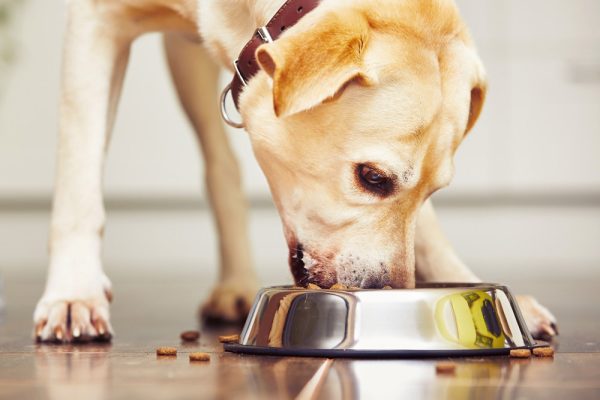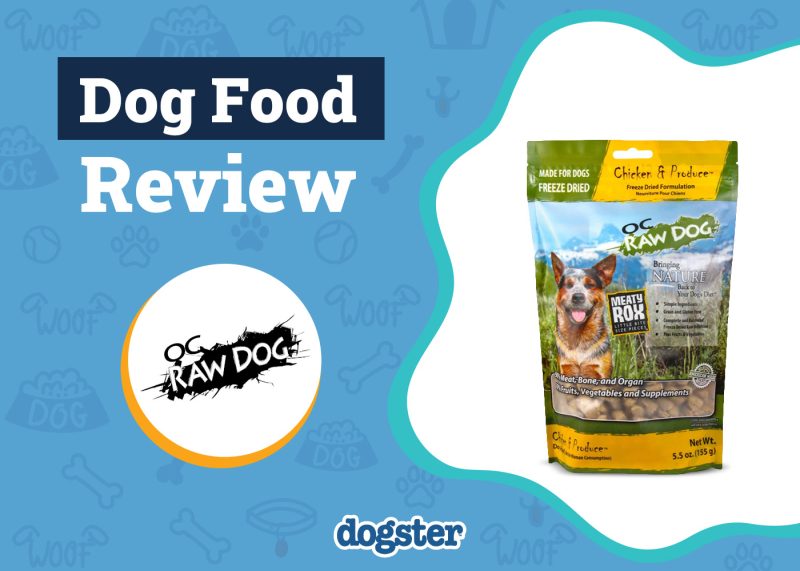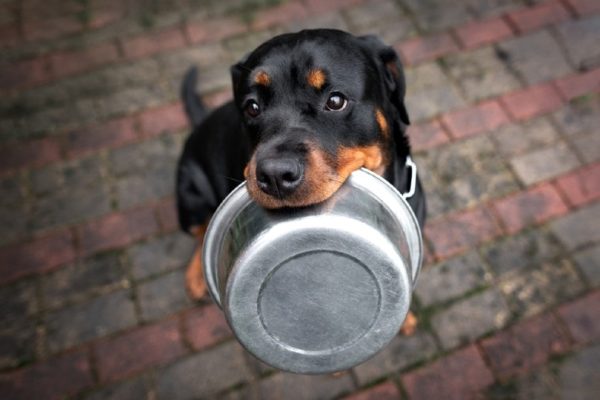In this article
View 2 More +Staying hydrated is one of the most fundamental factors in a dog’s immediate and long-term health, and sometimes our pets don’t drink enough water throughout the day.
An underlying health condition might be at fault, but other times we don’t offer water in a way that appeals to our dogs.
In either case, owners have some level of control over how much their pets consume, though the solutions aren’t always obvious. If you’re worried about your dog’s hydration, we’ll discuss 11 easy tips to use at home to get your dog to drink more water.

The 11 Tips to Get a Dog to Drink More Water
1. Make Water More Accessible
Keep water available where your dog can get it. As dogs age, they slow down and lose some of their mobility, making everyday tasks like eating and drinking more challenging.
By keeping multiple water bowls around the home where your dog can easily access them, they’ll have more chances to get a drink without much effort.

2. Add Water to Your Dog’s Food
Moistening kibble is one of the most straightforward ways to get your dog to drink more water. Mix water into your dog’s dry food at mealtime. As it keeps your dog hydrated, the softened kibble will also make the food more chewable, helping dogs with dental issues eat with less pain and greater ease.
3. Offered Filtered Water
There’s a reason many of us prefer filtered water, and it’s safe to assume some dogs feel the same. Activated charcoal and other media in water filters remove many VOCs, particulates, and other contaminants in municipal and well water supplies that may affect the odor and taste.
Since it’s one of the more convenient solutions, giving your dog fresh filtered water is worth a shot if you usually fill their bowl at the tap.
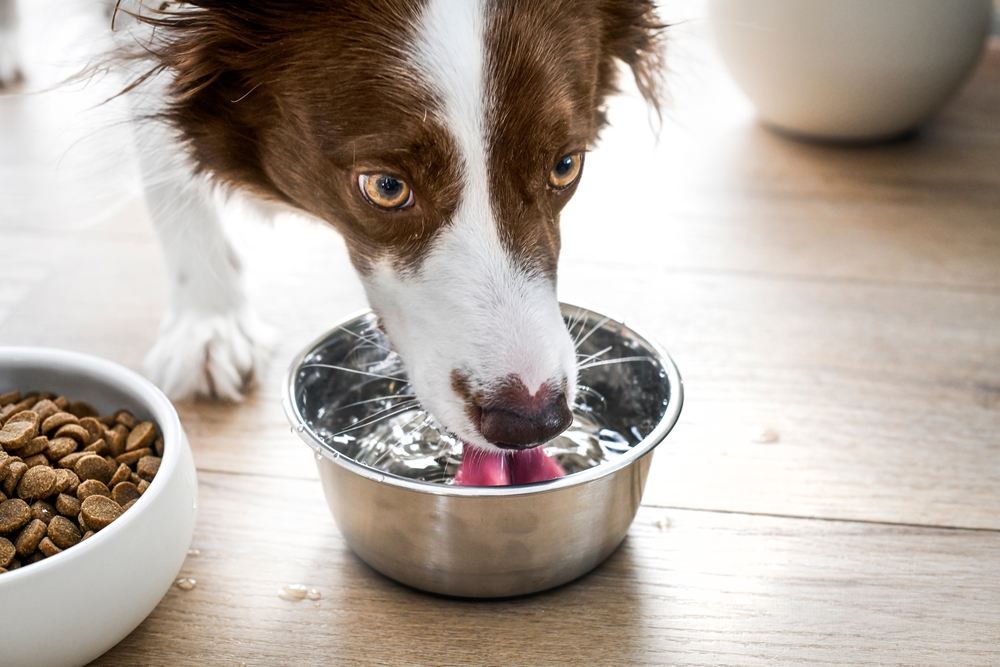
4. Add a Bit of Broth to the Bowl
A little bone or chicken broth goes a long way when getting your dog to eat their food or drink their water. Pick a low-sodium broth that does not have harmful added ingredients like onion or garlic, and add some to your dog’s water bowl. Giving a dog a flavorful reason to drink more often takes less than a teaspoon.
The most dog-friendly broth is homemade, allowing you to control the ingredients. You can freeze the broth into ice cubes so you have a ready supply for future use.
5. Switch to Wet Food
The solution to a dog’s drinking habits may not be in the water dish but in the food bowl. If your dog is on a dry dog food diet, consider supplementing or swapping it with wet food which has around 70%–80% moisture.
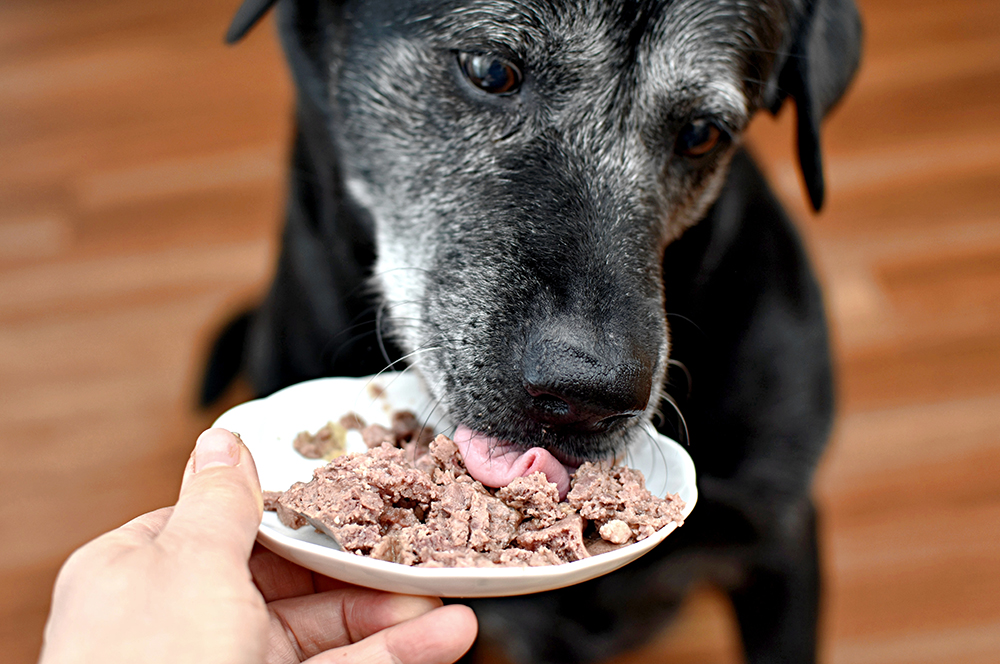
6. Change the Water More Often
Fresh, cold water is unsurprisingly preferable for dogs, so you may have to consider your feeding routine. Are you leaving your dog’s water to sit too long and become lukewarm and stagnant?
You should swap your dog’s water at least once daily, but you may want to increase that to twice daily to ensure it’s always appetizing.
7. Clean the Bowl Daily
The bowl itself will affect the palatability of the water it contains. Bacteria, dirt, and other contaminants can quickly accrue, adding undesirable smells and tastes to the water.
Give your dog’s bowl a quick daily cleaning with soap and water to ensure the water stays as fresh as possible.

8. Offer Ice Cubes
If your dog likes to chew, you can turn this fun activity into a chance to stay hydrated! You can provide ice cubes for your dog to chew and eat, you can also add them to the water bowl to chill the water and make it more appealing.
9. Use Water From Tuna Cans
Tuna fish sandwich fans can get more value from each can if their dog needs help to drink more water. A small amount of tuna juice from canned tuna packed in water can be an excellent once-in-a-while option to flavor your dog’s bowl and coax them into staying hydrated.

10. Keep Water to Hand When Out
Be prepared when taking your dog out by having a dog traveling water bowl or bottle with you, and getting your dog used to using it. This is especially important for long walks and warm days when your dog is more likely to get dehydrated.
11. Swap the Bowl for a Fountain
When your dog shuns their water, they may not like the format. Rather than use a bowl, try a pet water fountain. The circulating water continuously runs through a filter, keeping it cleaner, better tasting, and better smelling for much longer.
Plus, the moving water will potentially be more attractive to your dog and hopefully draw them in for a drink.


Should I Worry About My Dog’s Water Intake?
Pegging down a specific amount of water as a healthy daily intake is complicated. Generally, a dog will drink about 1 ounce of water per pound of body weight daily, this equates to just over a cup of water for a 10 pound dog, but the appropriate water intake varies between dogs. It’s based on numerous individual, routine, and environmental aspects, including:
- Breed
- Body size
- Climate
- Activity levels
- Illness or injuries
- Food type
You can measure your dog’s daily water intake, but if your dog eats and acts normally, you can usually rest assured they’re staying hydrated.
Healthy dogs are excellent self-regulators, so they don’t usually need us to push them to drink. If your dog seems to be drinking less and shows other signs of illness, like lethargy, stomach upset, or breathing trouble, you must consult with your vet as soon as possible.

Signs of Dehydration
Dehydrated dogs are usually visibly lethargic and weak, and you can often anticipate thirst after strenuous exercise and time out in hot temperatures. A few bodily indicators can help you determine if your dog’s behaviors are due to dehydration, including:
- Sticky, dry, and pale gums
- Skin loses elasticity
- Dry nose
- Excessive panting
- Loss of appetite
- Thicker saliva
- Vomiting or diarrhea
If your dog is showing any of these signs then contact your veterinarian straight away.

Conclusion
If dogs have free access to fresh, clean water they don’t often need our help staying hydrated, but when they struggle to respond to their thirst, we must know how to find immediate solutions. Assess your dog’s behaviors and habits around offering them water to find out why they aren’t drinking and how you can fix it. Getting them back on track and staying healthy doesn’t have to be challenging, especially if you follow these hassle-free tips and tricks.
- See also: Pros & Cons of Putting Water in Kibble
Featured Image Credit: PixieMe, Shutterstock
